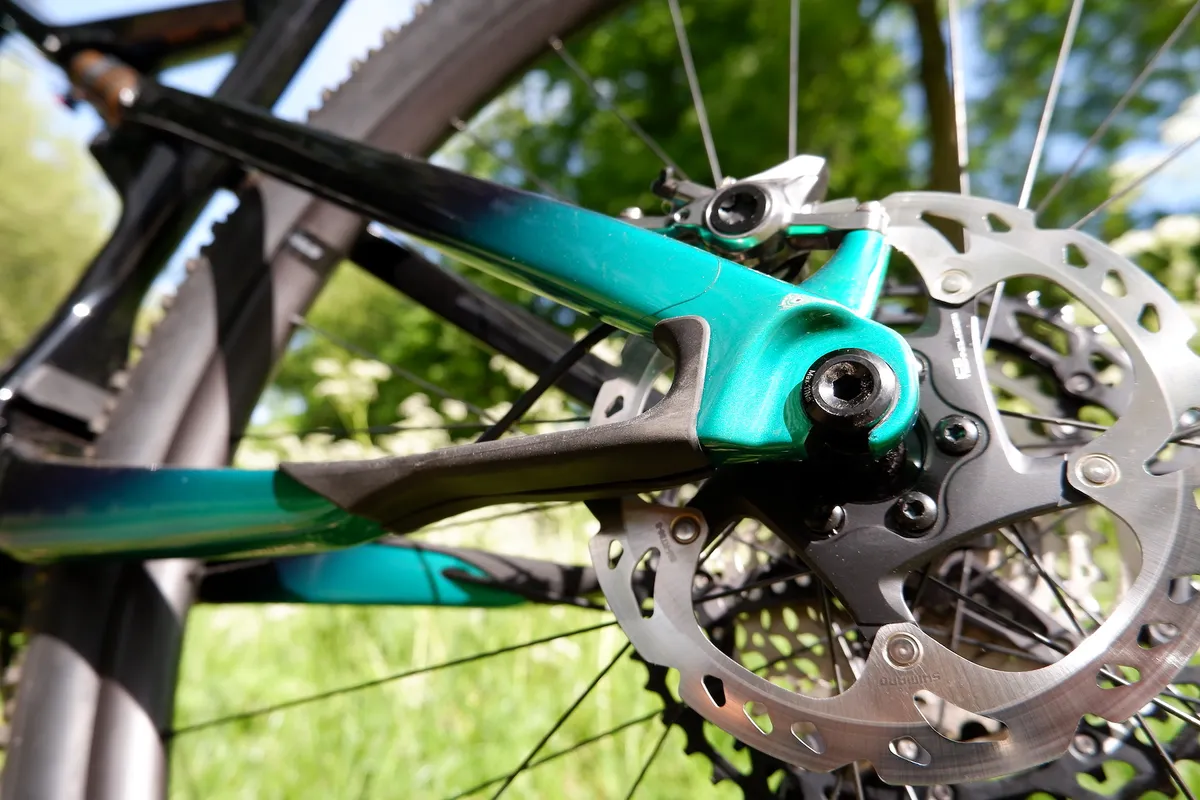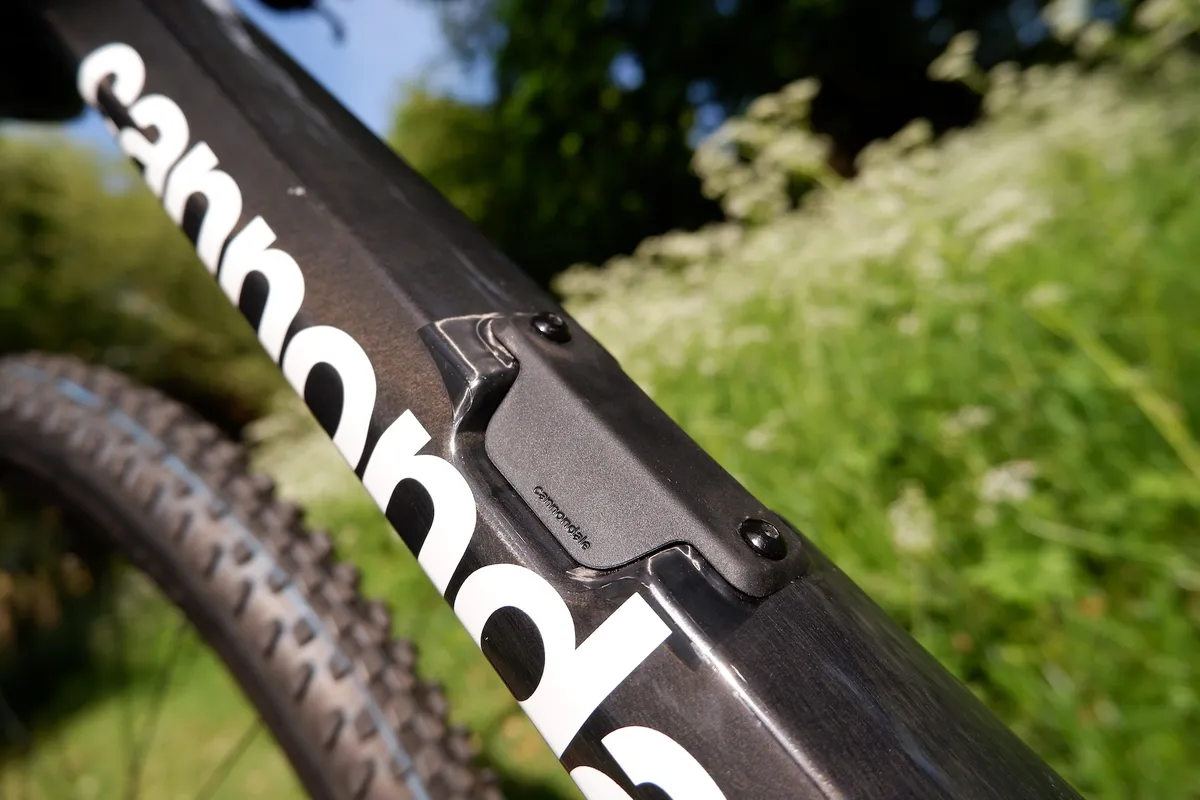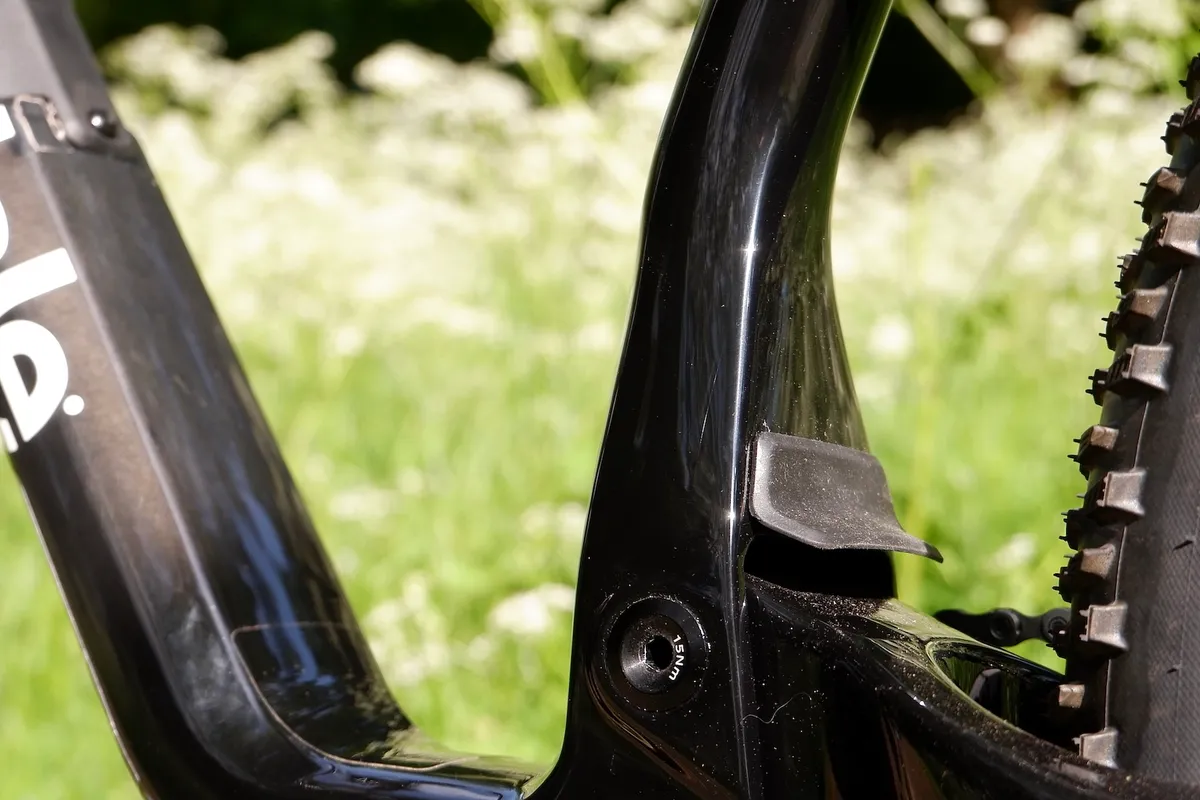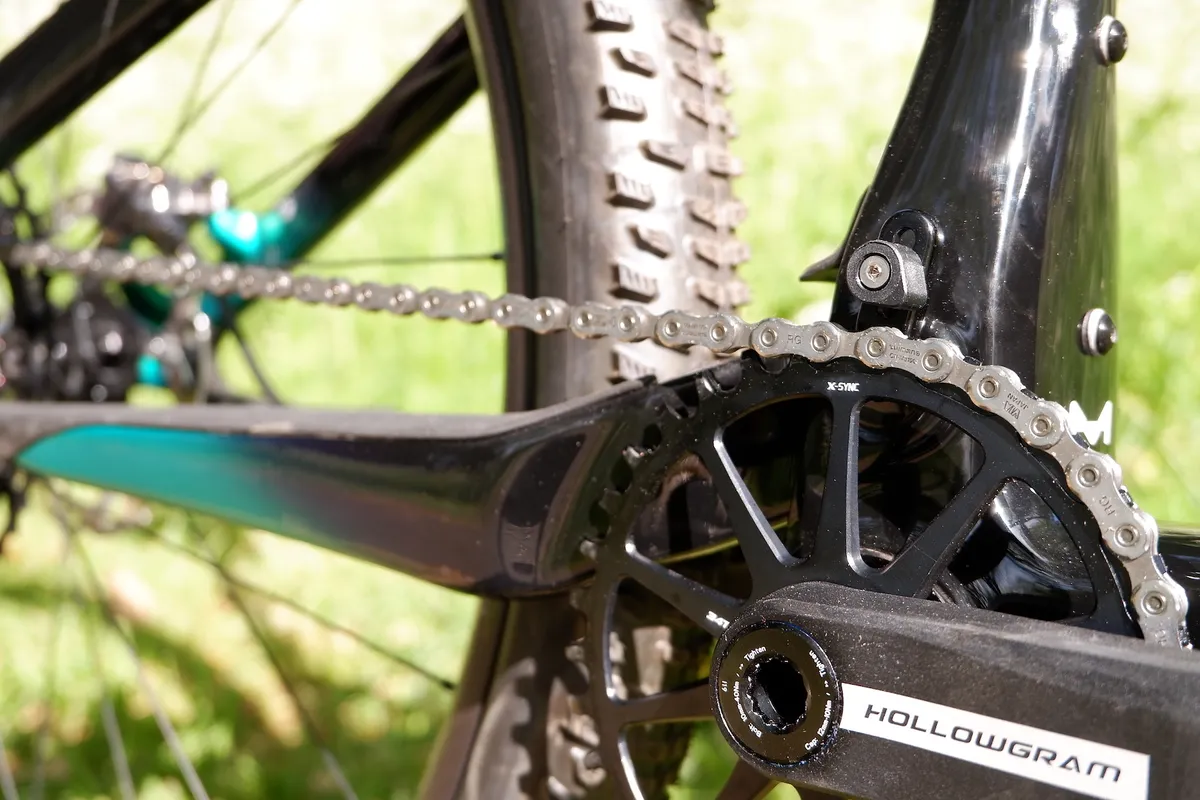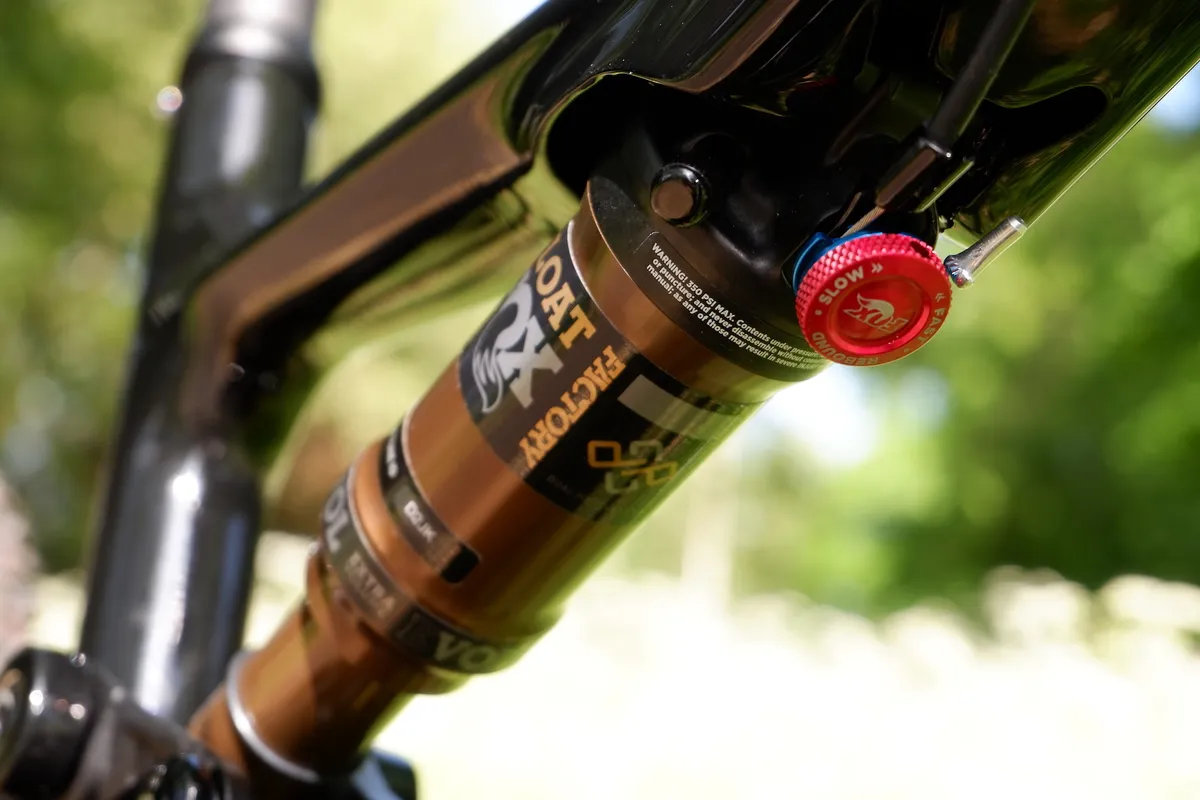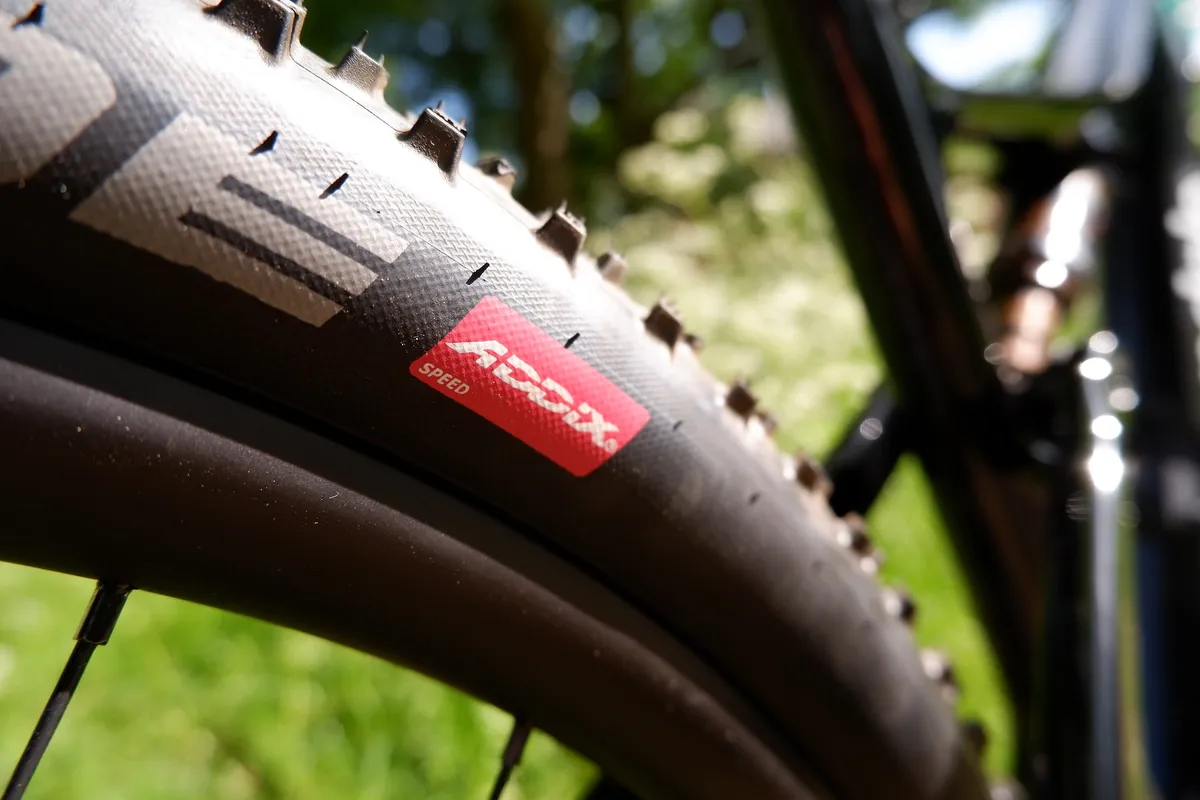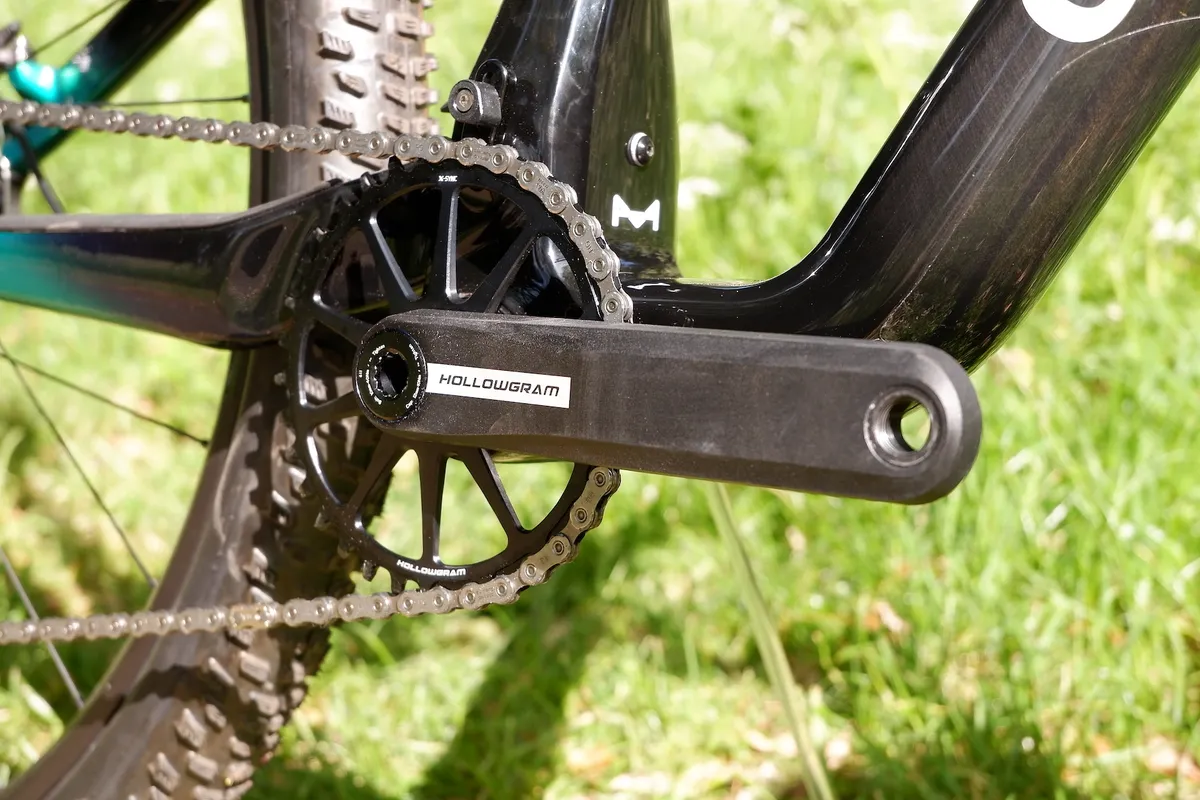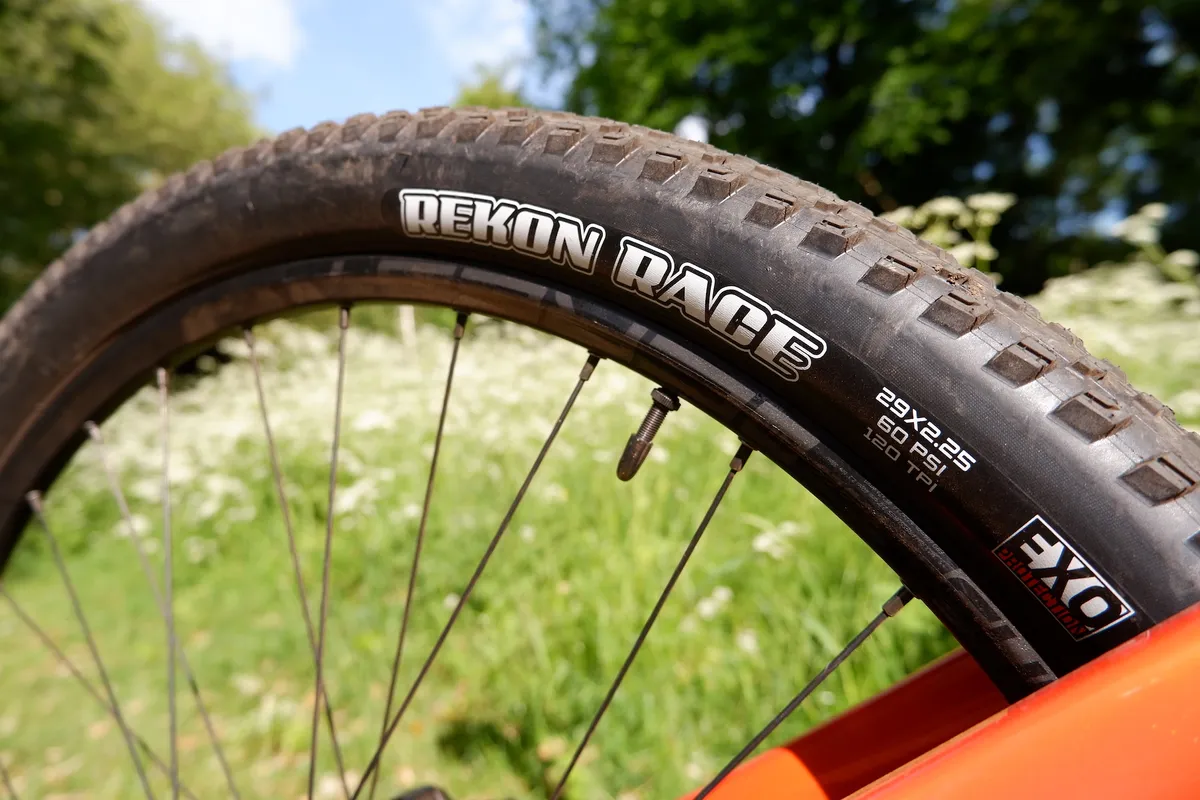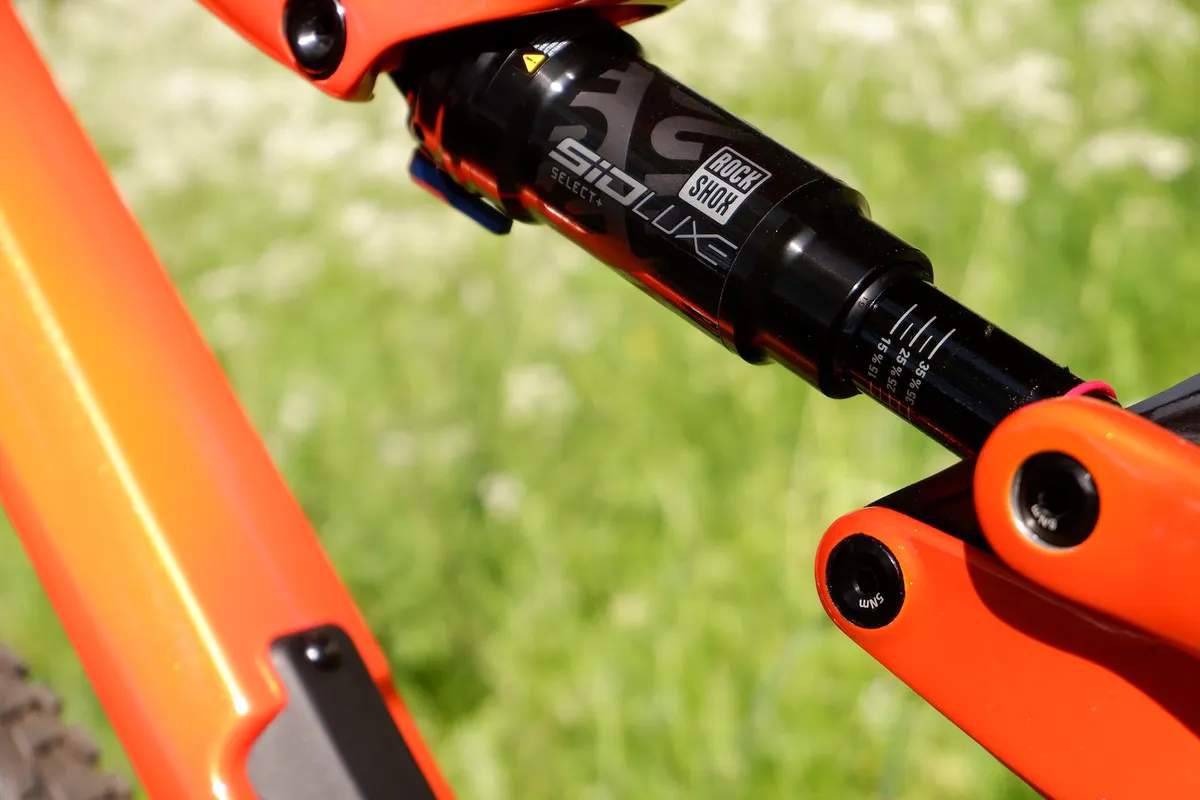Cannondale has refreshed its cross-country race-winning Scalpel for 2021, giving it a completely new frame featuring flexible chainstays. Alongside the race-focused bike is the Cannondale Scalpel SE, with more travel and more aggressive geometry.
There are five bikes in the Scalpel range and three bikes in the Scalpel SE line-up, both ranges include a women's-specific model. However, only Europe will get all the bikes in the range.
Prices start at €3,699 in Europe for the Scalpel Carbon 4, and in the UK and US the range starts with the £3,500 / $4,500 Scalpel Carbon 3 model.
SE versions of the Scalpel are priced at £3,200 / €3,799 / $4,000 for the SE Carbon 2 and women's model and £4,200 / €4,999 / $5,500 for the Carbon 1.
With 2020 originally being an Olympic year, we were expecting to see numerous XC bikes being released, and the Scalpel is one of the first to break cover.
Will we see much XC racing this year? We hope so, because it's been one of the most exciting forms of bike racing in recent years – and fingers crossed we'll see the Scalpel between the tapes soon.
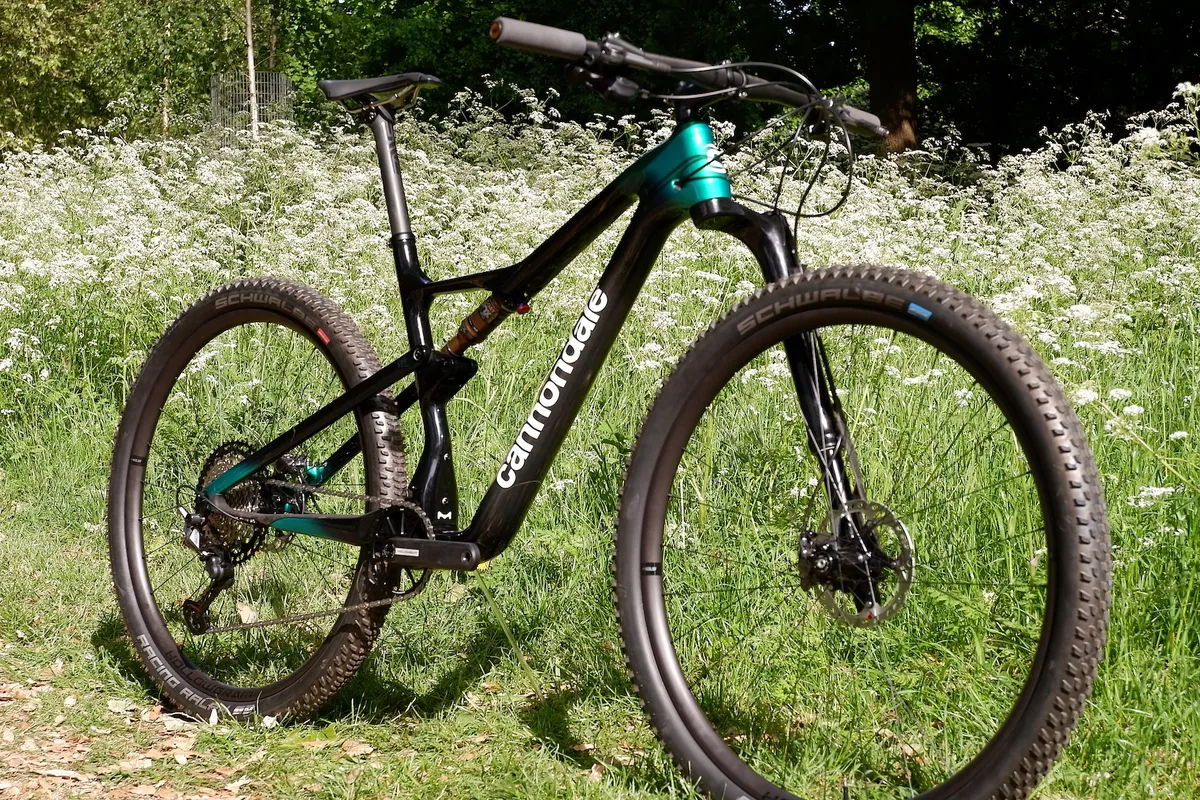
Five things you need to know about the 2021 Cannondale Scalpel
- Brand-new 100mm travel frame includes a shift to flexible chainstays
- Head angle is 1.5 degrees slacker and seat angle is 1-degree steeper than previous model
- Size-specific suspension layout to better match rider weight
- OutFront steering geometry aims to add stability
- SE model gets same frame but longer stroke shock for 120mm travel
Pivot-less platform
The main change on this generation Scalpel is the revised suspension platform.
While the previous bike had seatstays that flexed along their length, to replace the rear pivot in a regular suspension set up, Cannondale has moved flexibility to the chainstays in a very obvious manner.
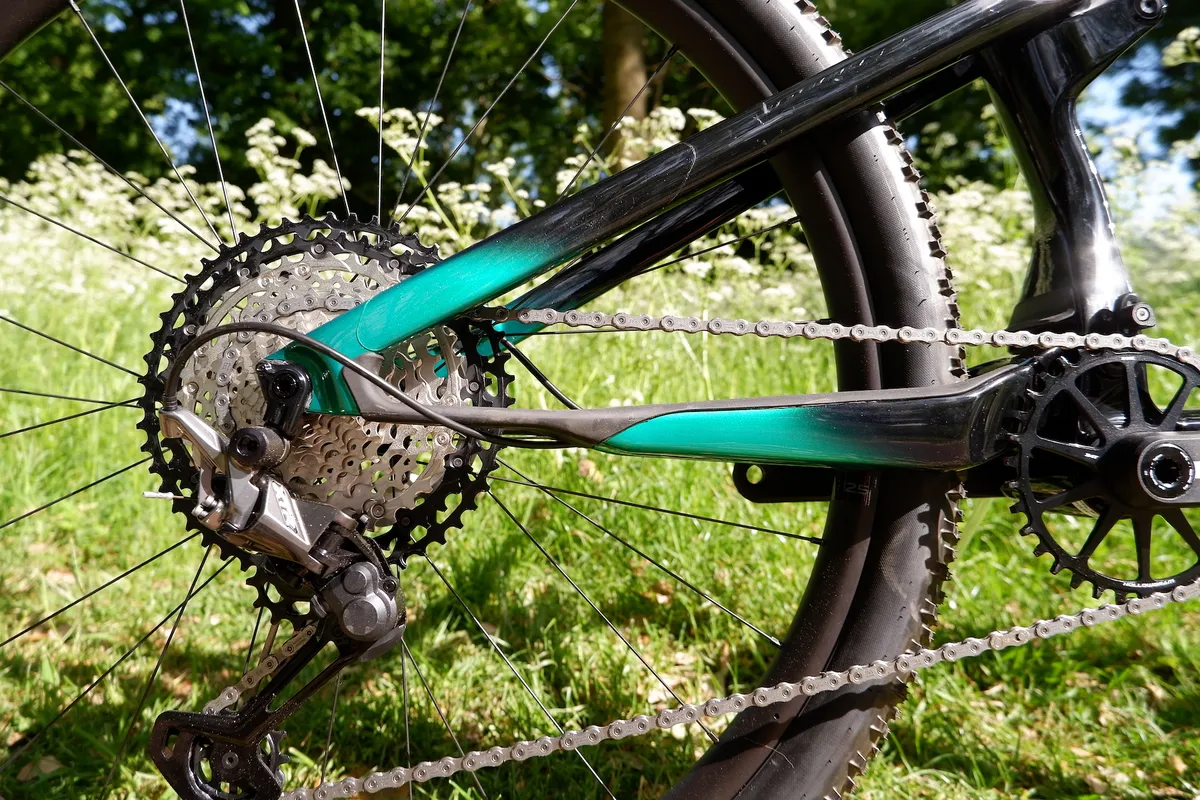
The 'FlexPivot' is an obviously flattened section of chainstay just ahead of the rear axle. Cannondale says that this system is stiffer, lighter and more durable than a regular pivot – all good things on an XC bike, we suspect.
The shift to a flexible chainstay rather than seatstay makes the bike effectively a four-bar suspension system, rather than a 'faux-bar' of old.
The other alteration is the removal of the drop-link, which pivoted under the top tube, to a shorter rocker link that joins the seat tube and main triangle together and drives the shock. While Cannondale hasn't made claims about this, we suspect the shorter link could aid weight savings and frame stiffness.
In addition to this new overall layout, Cannondale has tweaked the design to modify the suspension's kinematic on each size frame to better suit the average rider weight for that frameset.
Cannondale says that the suspension is designed to avoid the compromise of performance versus weight.
Unique Cannondale approach
Cannondale is well known for taking a slightly more unique approach to bicycle design, you only need to look at its Lefty Ocho fork to realise that. However, there are a number of other aspects of this frame that are also relatively unique.
Cannondale AI (Asymmetric Integration) back end
On a 'normal' bike, the rear dropouts are equidistant from the centre of the bike. This means that for the rim to be central too, it has to be dished towards the driveside.
Basically, the rim doesn't sit centrally between the hub flanges. This works fine, of course, but isn't technically the best solution.
Super Boost hubs have been designed to overcome this somewhat, but those wider back ends aren't ideal on XC bikes either.
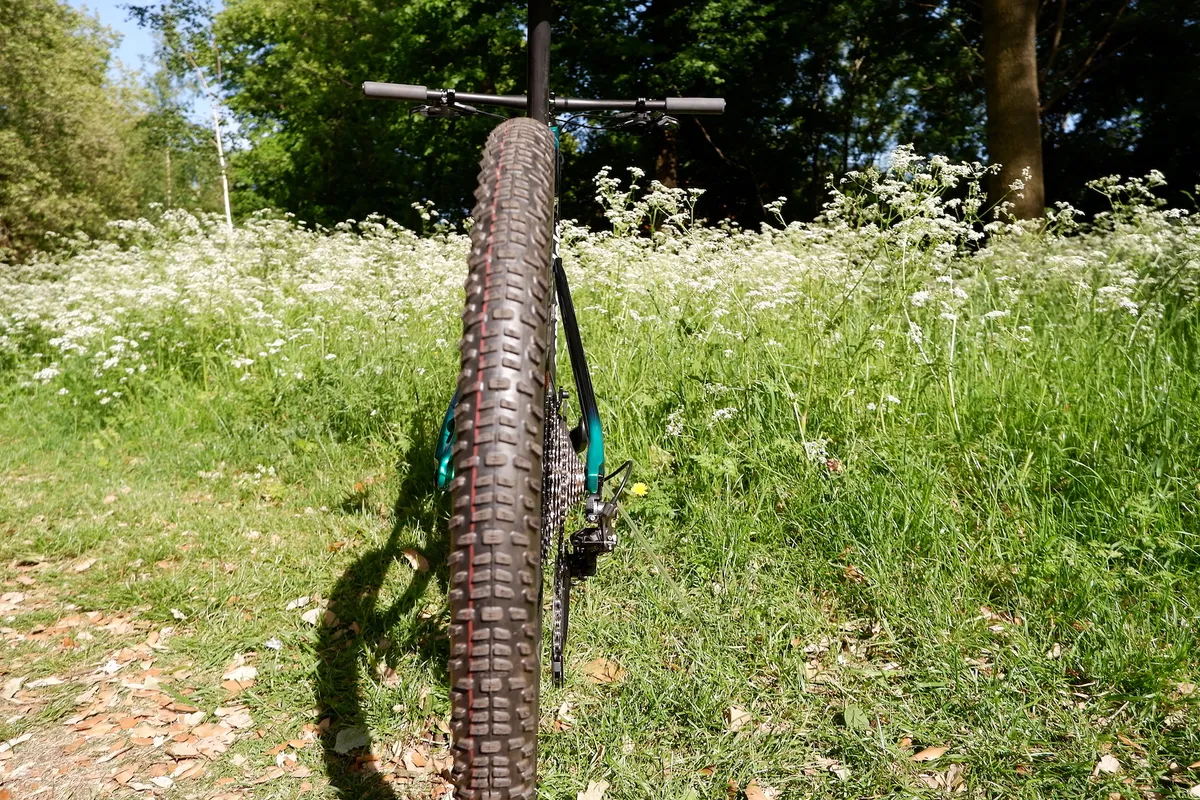
Cannondale's AI system addresses this by offsetting the drivetrain 6mm to the right (having an asymmetrical back-end), so the driveside spoke flange can be further over, meaning the rim sits more centrally between the flanges.
This then provides better spoke triangulation for (theoretically) a stiffer, for the weight, wheel.
It does mean that if you want to put a fresh set of wheels in a Scalpel you'd have to have them re-dished to work.
Cannondale OutFront Steering Geometry
While many bicycle brands are fitting shorter offset forks to their bikes (often 44mm on an XC bike), the Scalpel's Ocho fork has a longer 55mm offset, and Cannondale calls this its OutFront Steering Geometry.
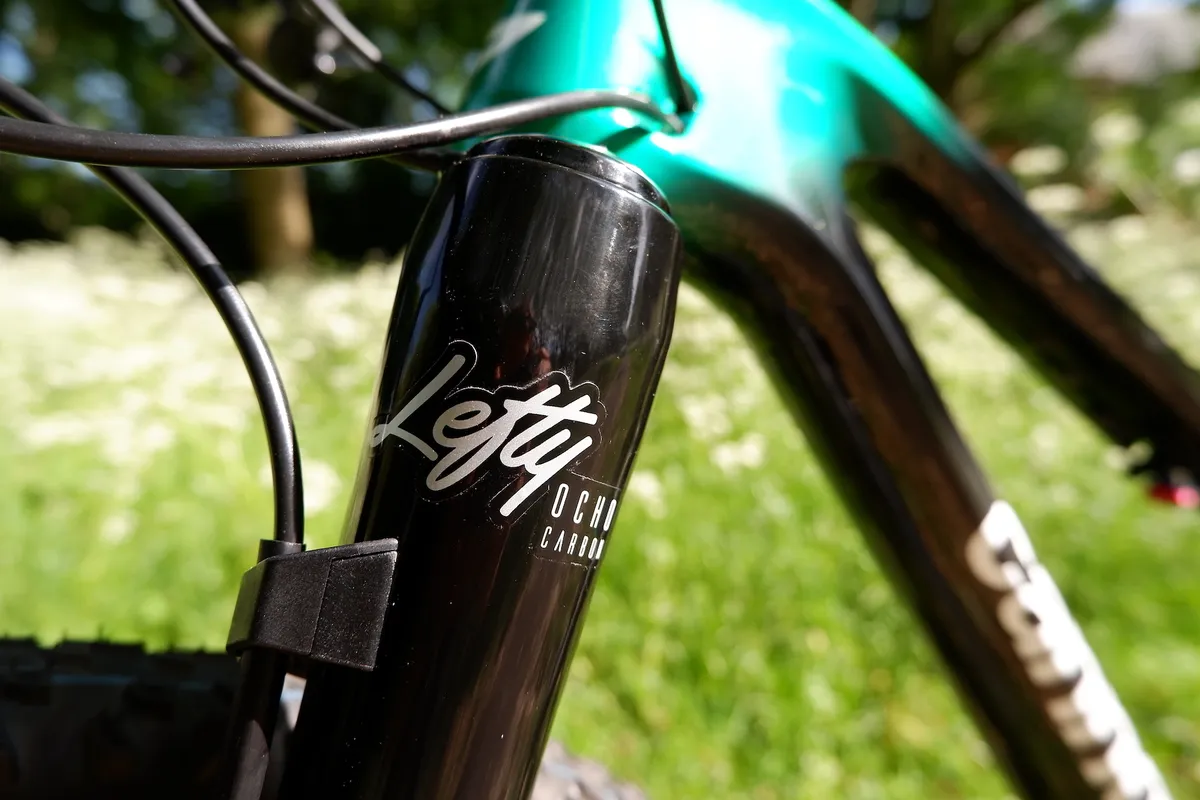
Shorter offsets give a longer trail figure, which gives calmer steering thanks to the caster effect. The slacker head angle that Cannondale has given the Scalpel also calms, or slows, reactions and contributes to a longer wheelbase, which again, aids stability.
Adding a longer offset shortens the trail, which should make the handling a touch snappier while still retaining some of the benefits of having that longer wheelbase.
It's a different approach to what we're used to seeing, but we'll bring you a full review of the bike once the current Covid-19 guidelines are a little more relaxed.
Lefty Ocho Carbon
The Lefty Ocho is Cannondale's latest suspension fork, an evolution of the original Lefty.
While the original fork had a dual crown build, the Ocho is more traditional in its single-crown construction. However, as you might expect, it's also a single-sided fork, like the Lefty.
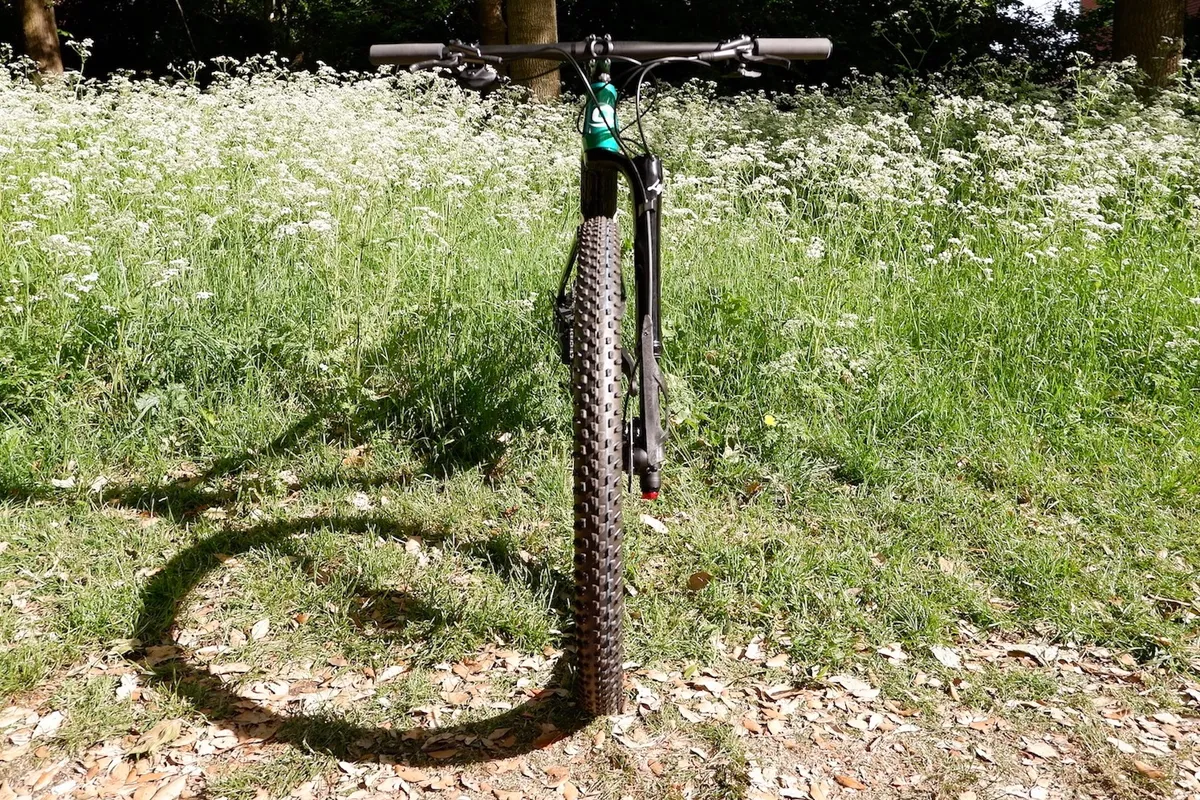
Cannondale says that the fork's new internals are smoother than the previous generation Lefty and significantly more so than competitor forks from RockShox and Fox. This is thanks to the use of three sets of roller bearings in its inverted fork leg, rather than four in the Lefty.
Because the fork is inverted, the suspension fluid is also more in contact with areas that need lubrication, further improving smoothness.
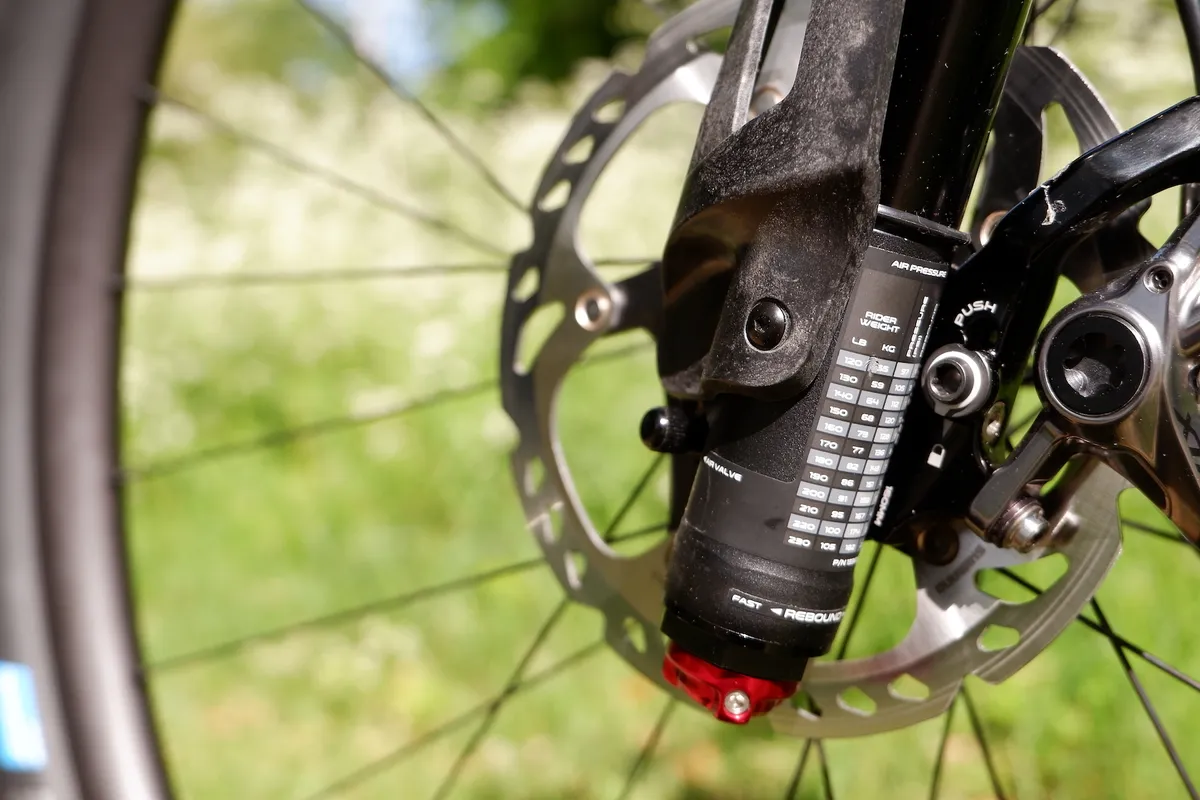
Despite appearances, the Lefty has always been a stiff fork, but the Ocho is actually less stiff than the Lefty on purpose.
A very stiff fork deflects more as it passes through and over rocks and roots, contributing to the wheel pinging off them rather than tracking over. So reducing stiffness a touch improves control, according to Cannondale. Our Jack and Joe rode the new Ocho in anger at the F-Si launch just last year!
Cannondale Scalpel frame finishes
Cannondale has furnished the Scalpel frameset with a couple of other interesting details.
Fabric is a parts and accessories brand that commonly provides components such as saddles on Cannondale bikes and is also providing a 'STASH Kit' for the Scalpel. The kit contains a CO2 canister, eight-piece multi-tool and tubeless repair kit, and bolts under the down tube where the bottle cage would typically be. The Scalpel has a second pair of bottle cage bosses on the seat tube.
There's also the Cannondale Connected sensor on the front wheel. This is a small GPS sensor built alongside Garmin that provides ride data to your device. It also links to a Cannondale app for your smartphone, which allows for ride tracking.
On top of registering warranties etc, the app also advises on various maintenance routines, such as fork servicing, because it knows how many hours of riding have been completed on the components.
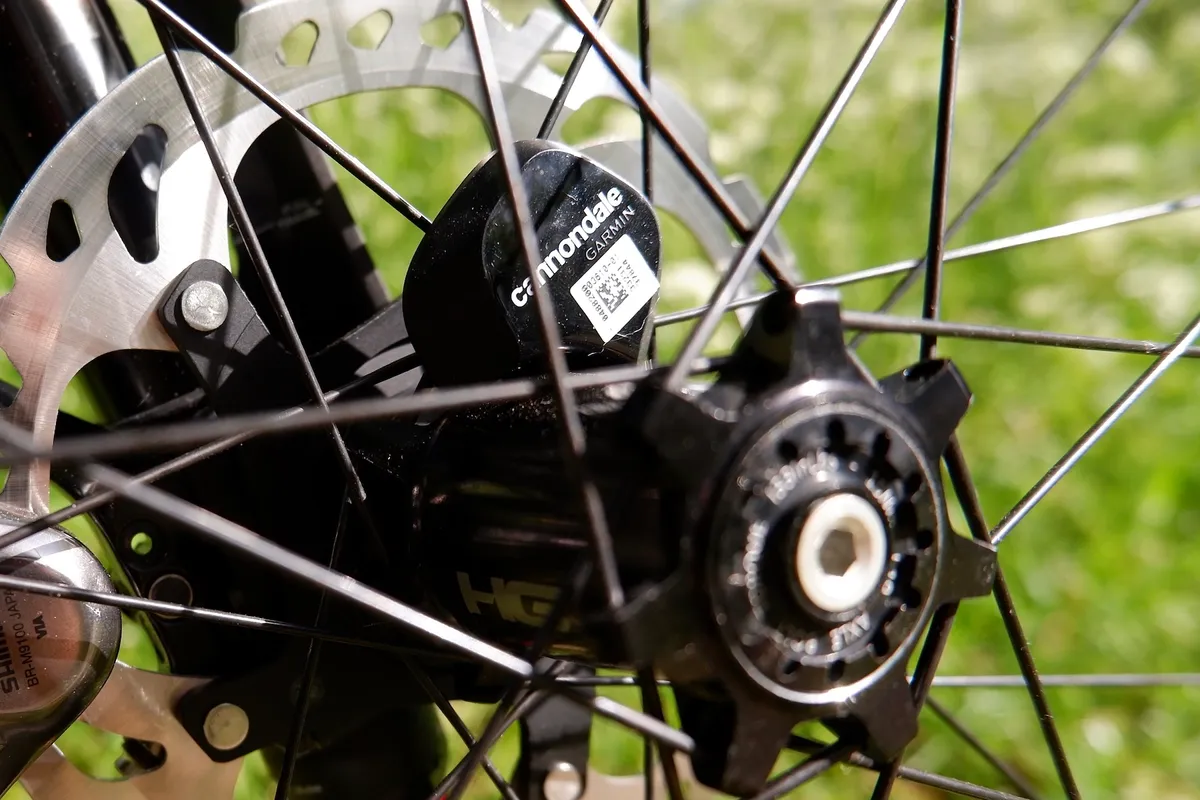
Finally, as you'd expect, there's internal cable routing (with full inner-guides), dropper-post routing, down tube protection, rubberised protection for the FlexPivot and a small mud flap covering the main rear pivot.
The Scalpel (not Scalpel SE) models also get remote lockouts for the fork and shock.
Cannondale Scalpel geometry
Cannondale has added a degree to the seat tube and taken 1.5 degrees from the head angle compared to the previous model. Size large geometry below:
- Reach: 455mm
- Head angle: 68 degrees
- Seat angle: 74.5 degrees
- Seat tube length: 480mm
- Chainstay length: 436mm
- Bottom bracket height: 331mm
- Standover height: 745mm
- Stack: 601mm
Cannondale Scalpel SE 2021
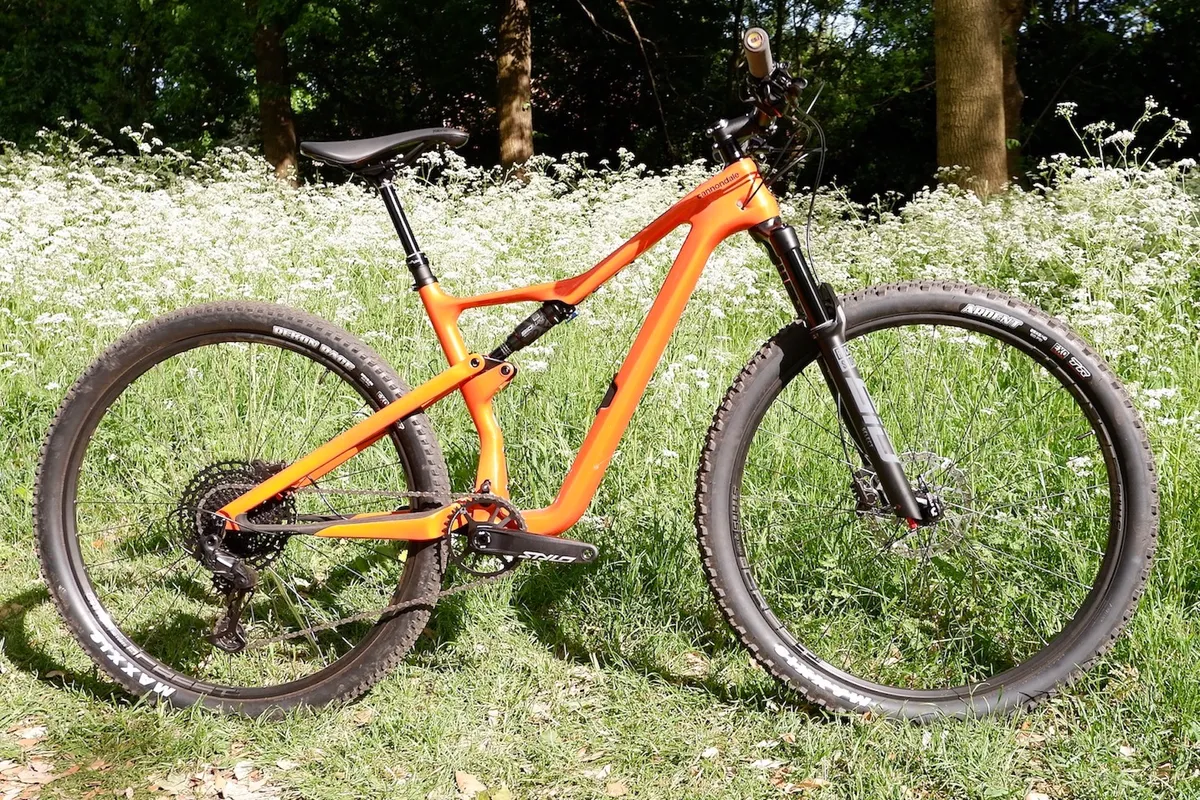
There's an ever increasing trend for brands to take their XC bikes and sprinkle a little bit of radness on them. We've seen it with Specialized's Epic Evo (and Diverge Evo!), Trek's Top Fuel and the previous version of the Scalpel.
They tend to be bikes that suit a lot of riders; fast and efficient on climbs and gentle gradients, yet still happy to haul on the descents with a little care. They're a lot of fun, anyway, and Cannondale is marketing this SE bike to high-speed trail slayers and marathon racers alike.
The Scalpel SE retains the same frame as the Scalpel, but gets a longer stroke shock for 120mm travel, and 120mm forks at the front. This slackens the angles, but also reduces the reach a little bit.
Two unisex and one women's-specific models will be offered, and they use the latest suspension from RockShox – the SID fork with 35mm stanchions and the SIDLuxe shock. If you want to learn more about these suspension products, you can read all about them here.
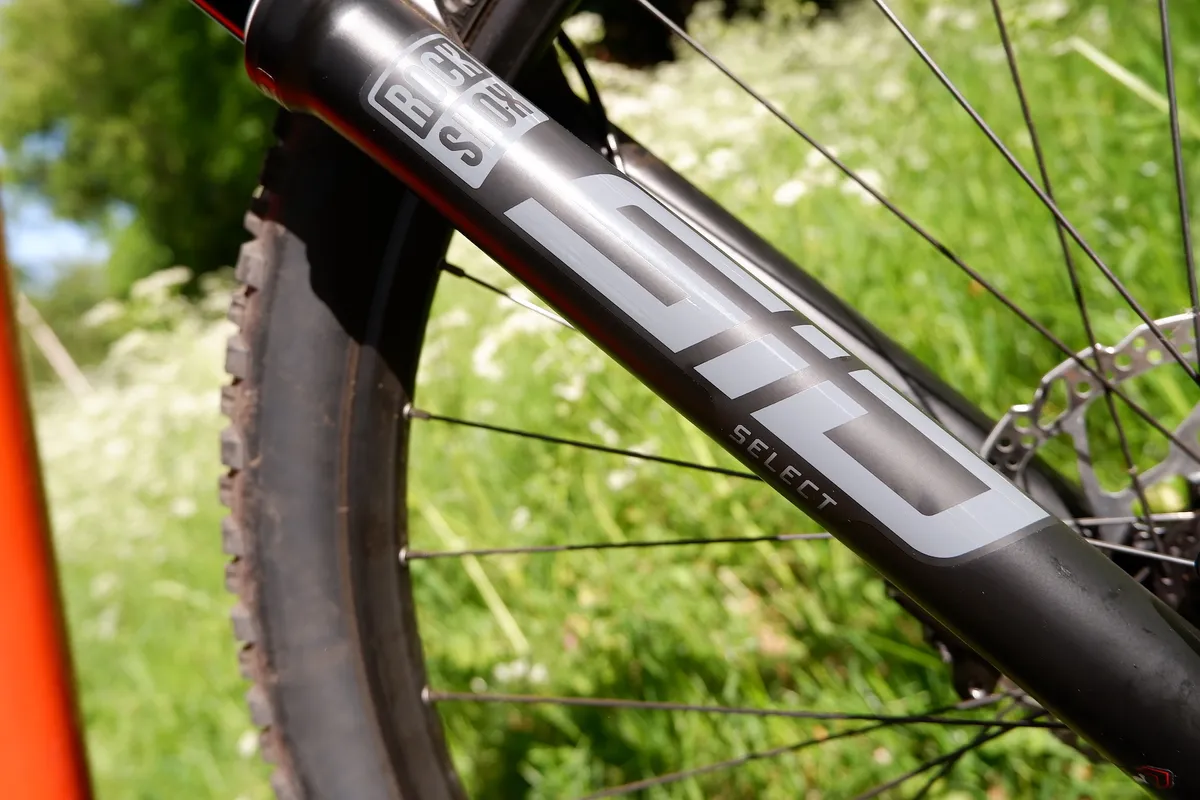
Tyres are still fast rolling models, rather than anything too chunky, but you do get a dropper post to help get the saddle out of the way on more technical trails.
Cannondale Scalpel SE geometry
- Size: Large
- Reach: 450mm
- Head angle: 67 degrees
- Seat angle: 74 degrees
- Seat tube length: 480mm
- Chainstay length: 436mm
- Bottom bracket height: 344mm
- Standover height: 758mm
- Stack: 611mm
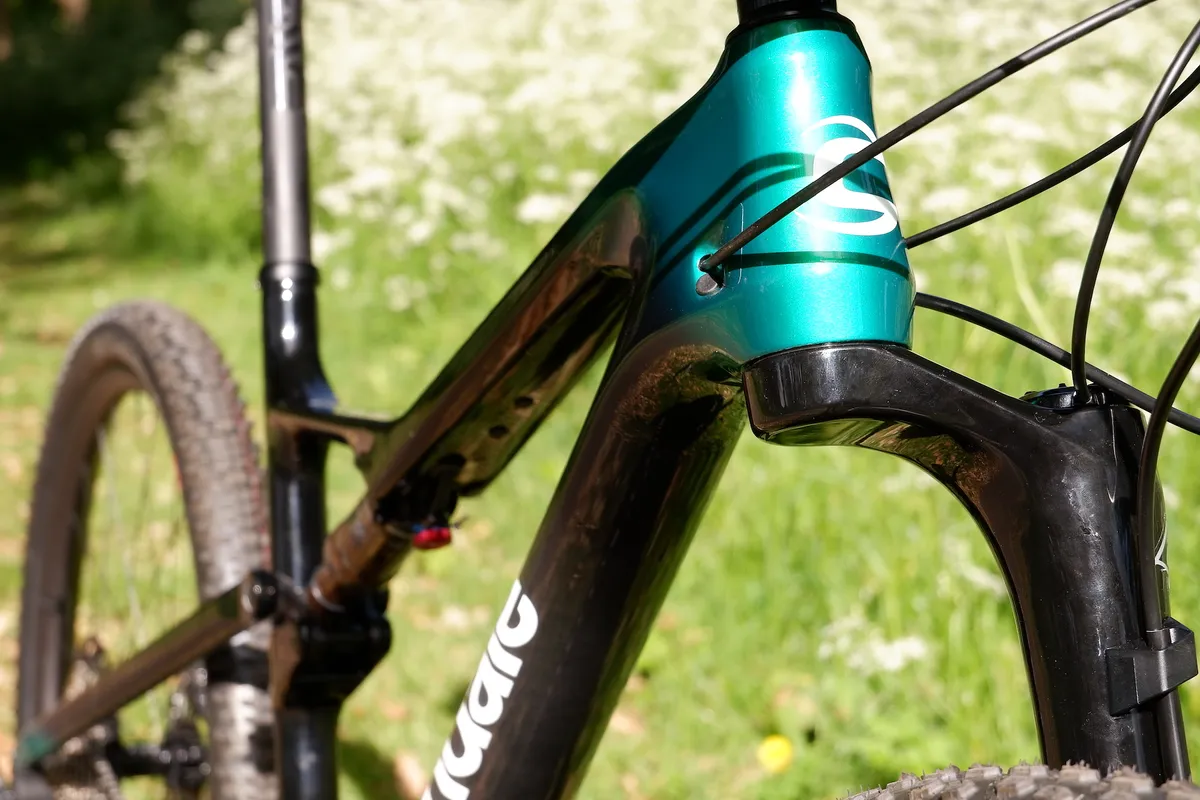
Cannondale Scalpel models
Cannondale Scalpel Hi-MOD 1 specification and price
- Price: £6,800 / €7,999 / $9,000
- Frame: Hi-MOD carbon 100mm
- Fork: Lefty Ocho Carbon, 100mm
- Shock: Fox Float Factory DPS
- Brakes: Shimano XT / XTR drivetrain
- Cranks: Cannondale Hollowgram
- Wheels: Cannondale Hollowgram 25 carbon
- Tyres: Schwalbe Racing Ray / Racing Ralph 29 x 2.25in
- Finishing kit: Cannondale, Prologo and Enve carbon
Cannondale Scalpel Carbon 2 specification and price
- Price: £N/A / €4,999 / $6,000
- Frame: BallisTec carbon 100mm
- Fork: Lefty Ocho, 100mm
- Shock: Fox Float Performance Elite DPS
- Drivetrain: Shimano XT
- Brakes: Shimano XT
- Cranks: Cannondale Hollowgram
- Wheels: Cannondale Hollowgram 25 carbon
- Tyres: Schwalbe Racing Ray / Racing Ralph 29 x 2.25in
- Finishing kit: Cannondale and Prologo alloy
Cannondale Scalpel Carbon Women's 2
- Price: £N/A / €4,999 / $N/A
- Frame: BallisTec carbon 100mm
- Fork: Lefty Ocho Carbon, 100mm
- Shock: Fox Float Performance Elite DPS
- Drivetrain: Shimano SLX / XT
- Brakes: Shimano SLX / XT
- Cranks: Cannondale Hollowgram
- Wheels: Stan Crest Mk3
- Tyres: Schwalbe Racing Ray / Racing Ralph 29 x 2.25in
- Finishing kit: Cannondale and Fabric alloy
Cannondale Scalpel Carbon 3 specification and price
- Price: £3,500 / €4,199 / $4,500
- Frame: BallisTec carbon 100mm
- Fork: Lefty Ocho, 100mm
- Shock: Fox Float Performance Elite DPS
- Drivetrain: Shimano SLX / XT
- Brakes: Shimano Deore
- Cranks: Cannondale Hollowgram
- Wheels: Stan's Crest S1 based alloy
- Tyres: Schwalbe Racing Ray / Racing Ralph 29 x 2.25in
- Finishing kit: Cannondale and Prologo alloy
Cannondale Scalpel Carbon 4 specification and price
- Price: £N/A / €3,699 / $N/A
- Frame: BallisTec carbon 100mm
- Fork: Fox Rhythm 32 StepCast 100mm
- Shock: Fox Float Performance Elite DPS
- Drivetrain: SRAM SX/NX Eagle
- Brakes: Shimano MT500
- Cranks: Truvative Stylo alloy
- Wheels: Stan's Crest S1 based alloy
- Tyres: Schwalbe Racing Ray / Racing Ralph 29 x 2.25in
- Finishing kit: Cannondale and Prologo alloy
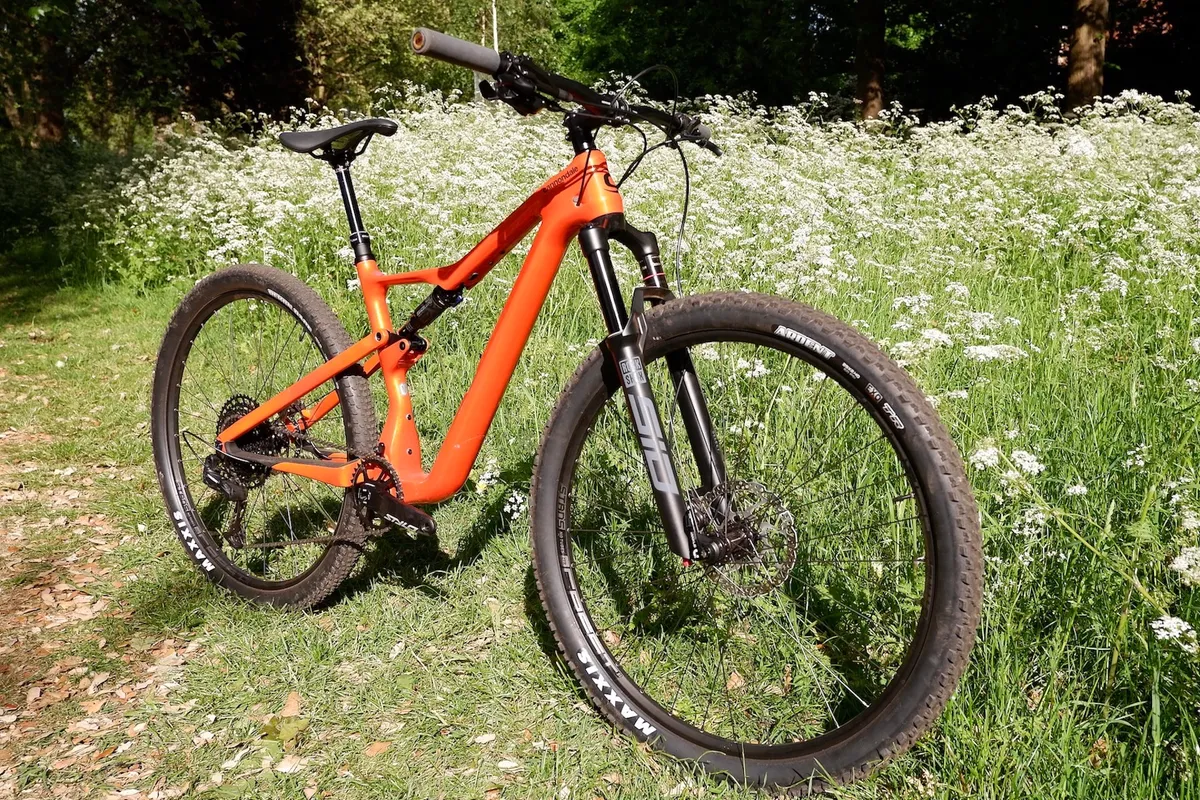
Cannondale Scalpel SE Carbon 1 specification and price
- Price: £4,200 / €4,999 / $5,500
- Frame: BallisTec carbon 120mm
- Fork: RockShox SID Select+ 120mm
- Shock: RockShox SIDLuxe Select+
- Drivetrain: Shimano XT
- Brakes: Shimano XT
- Wheels: Cannondale Hollowgram 25 carbon
- Tyres: Maxxis Ardent Race and Rekon Race
- Finishing kit: Cannondale and Prologo carbon, and Cannondale LowDown dropper post
Cannondale Scalpel SE Carbon 2 specification and price
- Price: £3,200 / €3,799 / $4,000
- Frame: BallisTec carbon 120mm
- Fork: RockShox SID Select 120mm
- Shock: RockShox SIDLuxe Select+
- Drivetrain: SRAM SX Eagle
- Brakes: Shimano MT500
- Wheels: Stan's Crest S1 based alloy
- Tyres: Maxxis Ardent Race and Rekon Race
- Finishing kit: Cannondale and Prologo alloy, and Cannondale LowDown dropper post
Cannondale Scalpel Carbon Women's SE specification and price
- Price: £3,200 / €3,799 / $4,000
- Frame: BallisTec carbon 120mm
- Fork: RockShox SID Select 120mm
- Shock: RockShox SIDLuxe Select+
- Drivetrain: SRAM SX Eagle
- Brakes: Shimano MT500
- Wheels: Stan's Crest S1 alloy
- Tyres: Maxxis Ardent Race and Rekon Race
- Finishing kit: Cannondale and Fabric alloy, and Cannondale LowDown dropper post


